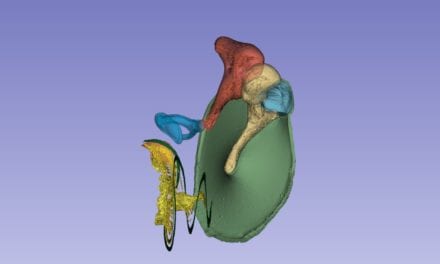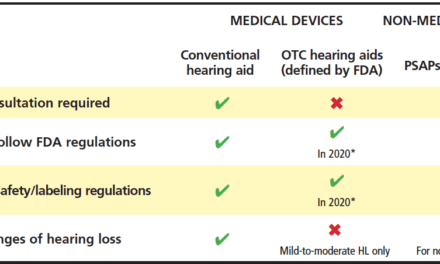Biologists at KU Leuven in Belgium have discovered a molecular “on-off switch” that controls how a mouse brain responds to vision loss, and their findings help inform our understanding of how the brain responds to hearing loss and hearing implants.
According to an article published in the August 12, 2015 edition of The Journal of Neuroscience, when the “switch” is on, the loss of sight in one eye will be compensated by the other eye, but also by tactile input from the mouse’s whiskers. When the “switch” is off, only the other eye will take over. The researchers believe this discovery increases our understanding of how the brain adjusts to changes of all kind, and may help improve patient susceptibility to sensory prosthetics such as cochlear implants or bionic eyes.
Brain plasticity or neuroplasticity, which is useful for neural development and learning, also comes into play when the nervous system is damaged through the loss of hearing or the loss of sight. When our brain no longer receives sensory input from one sensory source, it will compensate for that loss. The recent research in adult mice has revealed two types of neuroplasticity in response to vision loss.
“When a mouse loses sight in one eye, the remaining eye starts sending additional signals to the area in the brain that used to be served by the lost eye,” said biochemist Julie Nys, PhD, from the KU Leuven Laboratory for Neuroplasticity and Neuroproteomics. “After a while, the whiskers of the mouse – its sense of touch – step in as well. After a couple of weeks, the ‘lost’ area in the brain is entirely reclaimed and its brain activity is almost as high as it was before.”
This phenomenon, whereby the brain responds to sensory loss by combining input from several sensory systems, is known as cross-modal neuroplasticity.
According to an announcement from KU Leuven, the researchers discovered that cross-modal plasticity is age-dependent in an unexpected way. They found that in adult mice, both the remaining eye and the whiskers compensate for the lack of vision in one eye. But in adolescent mice, only the functioning eye takes over. They expected more plasticity in younger animals, because the brain undergoes major transformations during adolescence, but this proved not to be the case.
After comparing different molecules that impact brain activity, the researchers reportedly manipulated neuroplasticity with indiplon, a sedative that affects the communication between brain cells and is thus similar to the activity-reducing neurotransmitter GABA. They found that in adult mice, indiplon suppressed cross-modal plasticity: the lack of vision in one eye was compensated by the remaining eye, but not by the whiskers. In effect, they managed to “turn off” the whiskers.
These new insights into neuroplasticity may have clinical applications involving one or more senses.
“Deaf or hard-of-hearing people can benefit from cochlear implants,” said Lut Arckens, PhD, from the Animal Physiology and Neurobiology Section in the biology department at KU Leuven. “In young patients who have been treated in time, these work very well. In other patients, however, the treatment is no longer effective, as the auditory areas in their brain have already been taken over by other senses. This outcome is difficult to reverse, but we might be able to prevent it by suppressing cross-modal plasticity. In other cases, we could possibly support optimal recovery by boosting cross-modal plasticity.”
The researchers emphasize that these clinical applications require further research, but their study has paved the way by showing how sensory systems influence each other in the brain.
Source: KU Leuven
Image credits: KU Leuven; Dreamstime







